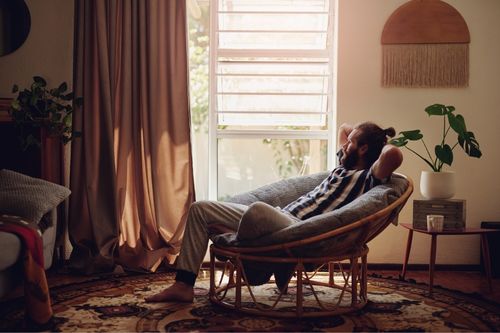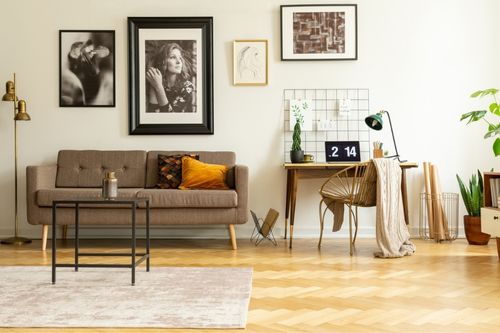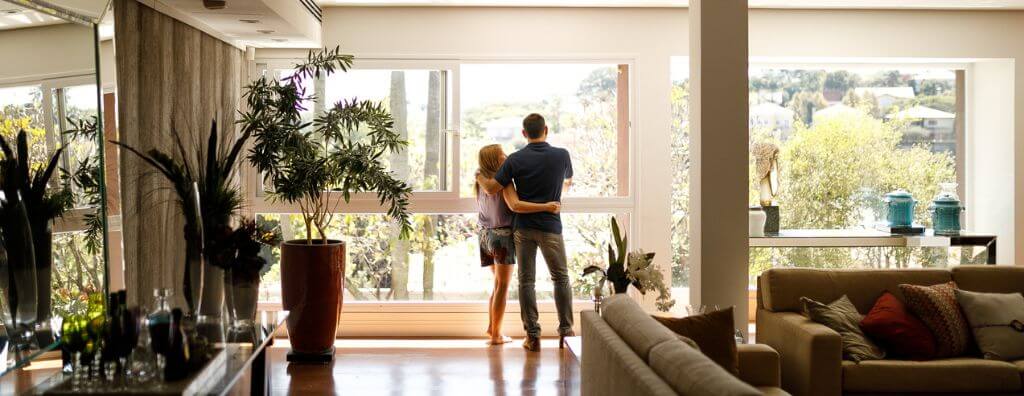When you own your living space, it’s natural to feel attached to every square inch. But for renters, creating that sense of ownership is a unique challenge. Whatever limitations you face as a renter in how you’re able to make alterations, it’s no less important to your home life for your space to convey a sense of ownership and self. To make a rental unit feel a bit more like home, we collected a few ways to imbue your abode with your own spirit, without risking your security deposit.
Designing Your Rental to Feel Like Home
Storage
Sufficient storage space is a common shortcoming of rentals, leaving renters in a position where they either need to invest in a public storage space or get creative at home. But even getting creative at home can be tough, since most rental properties have limitations on what renovations and customizations renters are able to make, especially if the property is governed by a Homeowners Association (HOA).
So, what’s a renter to do? Add some simple, no-to-low damage shelves to make room for décor accents, accessories, and house plants that reinforce your design choices.
Shop around for freestanding bookshelves, baskets, or use under-the-bed storage bins to free up additional space and declutter the areas of your home where items are stacking up. Search for furniture that doubles as storage, like an open-top ottoman or a side table with a drawer or shelf.
Blinds and Curtains
How you decorate your windows can greatly personalize your rental. Consider swapping out your blinds for curtains to add a splash of color and a more regal aesthetic to your living space. But don’t be too quick to throw away your blinds—you may not get your entire security deposit back! Before making these kinds of changes, or adding hardware like curtain rods, be sure to ask your landlord for permission.

Image Source: Getty Images – Image Credit: Adene Sanchez
Accessorize
When decorating, it’s the smaller things like pillows, throws, candles, and books that will really tie your home together and make it feel unique to you. If you’re able to change your light fixtures, it can make a world of difference. Find the right lighting by thinking about what temperature of light appeals to you, and whether you want accent, task, or ambient lighting.
Gallery Wall
Hanging up your art collection with hooks and nails can damage the walls, so be sure to use a stud finder to make the process of creating a gallery wall easier. And besides, when you’re preparing to move out, a few hanging holes from nails and screws is nothing that a little spackling paste, a putty knife, some sandpaper, and a new coat of paint can’t fix.
Again, ask your landlord before you add any holes in the home. When you’re touring, ask the landlord to keep the existing holes in the walls so you can use them, or ask if you can get the paint color information so you can patch and make touch ups yourself. Many landlords keep matching wall and trim paint on hand for such instances.

Image Source: Getty Images – Image Credit: KatarzynaBialasiewicz
Carpet and Flooring
If your flooring is worn, cracked, or damaged in any way, there’s likely little you can do to replace it other than documenting the damage and running it up the flagpole. Fortunately, you have carte blanche to decorate with carpeting as you please. Carpets also serve as a protective layer to avoid further damage to your floors during your tenancy.
Bolder rug materials like shag, tufted cotton, and wool will automatically make your space cozier. If your choice in carpeting is more driven by style, consider vibrant colors, bold patterns, or geometric area rugs to spice things up.
